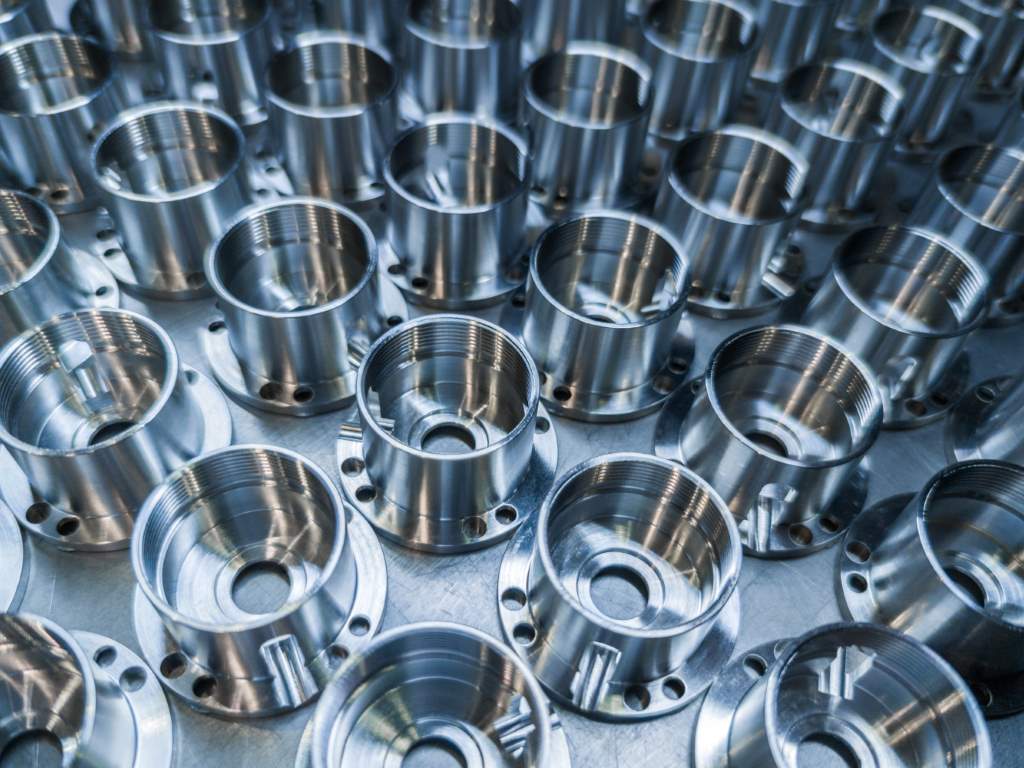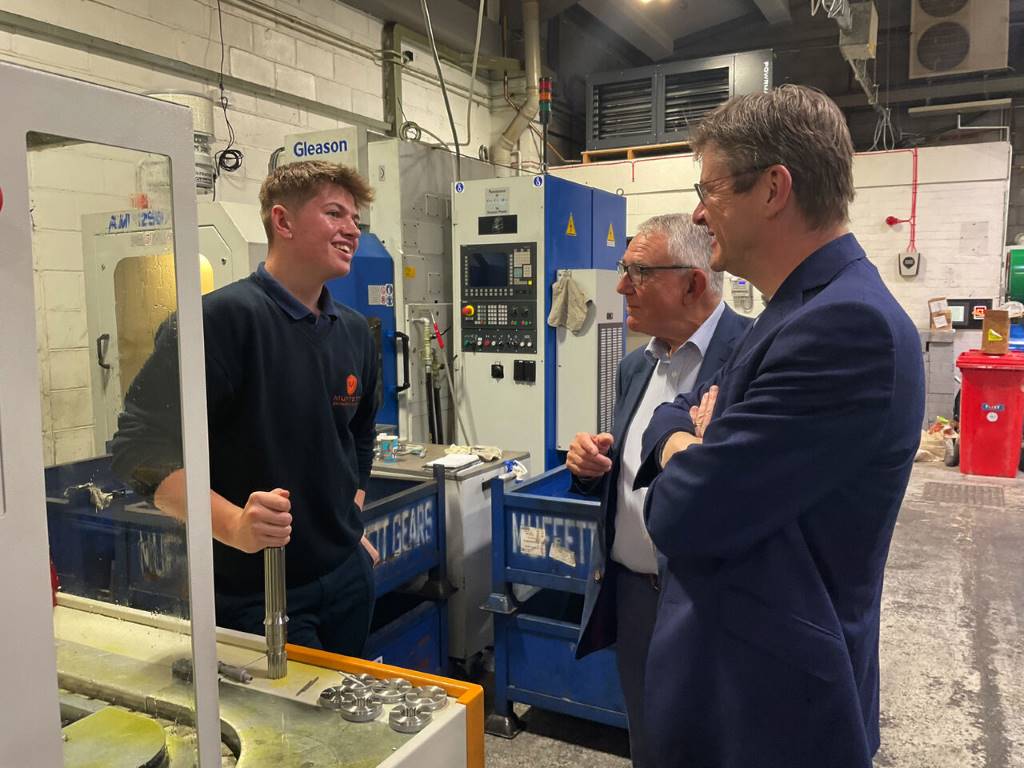Siemens UK plant on track to hit carbon neutral target this year

Siemens’ Congleton factory is on track to achieve carbon neutrality this year – eight years ahead of its original target.
The operation, which manufactures more than 1.2m controls and drives each year, is inching its way to the major milestone after deploying a range of sustainable solutions for energy generation and demand with support from Siemens' energy and performance services business, Smart Infrastructure.
These include generating 75kw of renewable energy through a hydro-electric plant at Havannah Weir on the river Dane and using carbon neutral, certified biogas to power its on-site gas engine. These measures alone saved over £250,000 pounds a year and took the 80% power-independent factory off the grid.
Siemens has adopted a building management system that automatically adjusts to drive energy efficiency improvements, while modern windows and LED lighting have reduced the total energy bill by 13% and 30% respectively.
Combined with reducing waste to landfill to zero and EV charging for staff and visitors, the Cheshire site is eight years ahead of Siemens’ original commitment to ensure carbon neutral operations by 2030.
Andrew Peters, managing director of Siemens Digital Industries Congleton, said: “We want to help customers achieve sustainable growth and to transform their industries through decarbonisation. The first step of that is for us to achieve these ambitions in our own operations.
“I am delighted that by leveraging a culture of continuous improvement and sustainability - the vital components to Siemens’ Congleton’s long-term success - we have achieved carbon neutrality, a major milestone in our ambitions to reach net zero emissions by 2030.”
In 2018 the factory became fully digital by embracing lean manufacturing methods to achieve continuous improvement and by adopting leading-edge Industry 4.0 processes.
Using advanced manufacturing methods including virtual reality, digital twin, the industrial internet of things, advanced robotics, cloud technology and additive manufacturing, it produces up to 50,000 variations of its products to fulfil the shifting demands of its customers and markets, increased productivity by driving down costs, and improved efficiency.
In 1990, 400 workers made 50,000 variable speed drives and controls a year. Today, a similar number of workers produce 1.2 million electrical devices - including 600,000 variable speed drives (VSDs).
This has been achieved within the same physical footprint. The factory is bounded by industrial units and housing estates, with no room to expand, meaning Congleton has one of the highest productivity rates per m2 of any Siemens’ sites.
Siemens
www.siemens.co.uk













